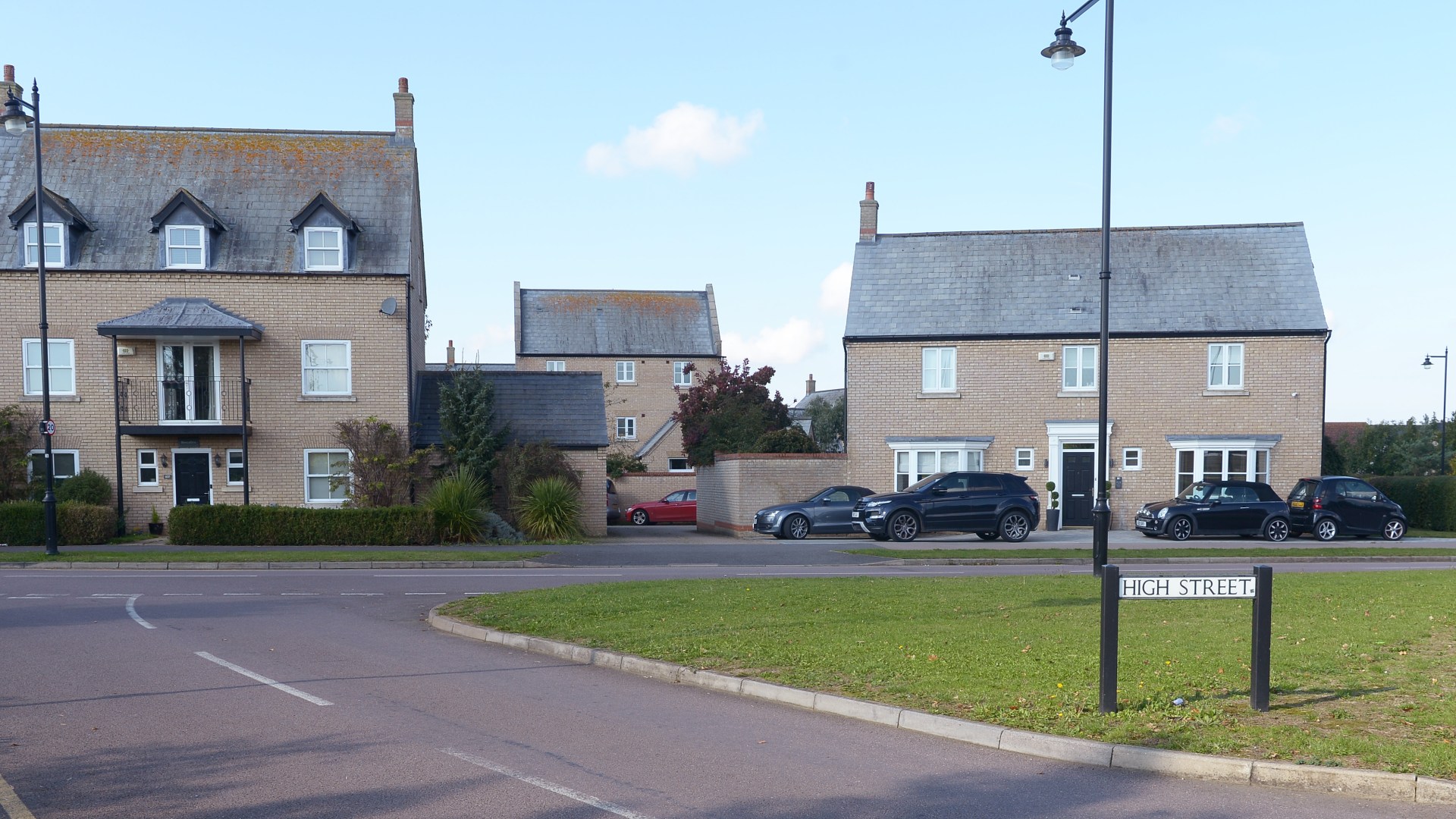The UK government published its long-promised package of reforms to worker rights on Thursday, billed as the biggest overhaul to employment law in a generation.
The legislation presented to parliament includes 28 policies such as day one employment rights, abolishing fire and rehire and modernising trade union laws.
In delivering the employment rights bill, Labour has met its manifesto promise to legislate on its “plan to make work pay” within 100 days of the general election. But in doing so it has left many of the big decisions for later.
Secondary legislation means delays
Workers will have to wait up to two years for many of the proposed new employment rights to kick in, ministers have confirmed.
Primary legislation will enable some of the measures to take effect quickly, but most will not come into effect before 2026 or later because of the need for secondary legislation, which is scrutinised by lawmakers.
Policy details will require consultations
The broad scope of the package means the government must now embark on myriad consultations on various aspects of the policies, including:
-
What is the right level of statutory sick pay for low earners?
-
Can plans to prohibit contracts that do not guarantee a minimum number of hours — billed as a “ban on exploitative zero-hours contracts” — work?
-
How should trade union laws be updated?
-
How should the parental leave system be reformed?
-
How will a new “fair pay agreement” for social care work?
With input from unions, companies, business groups and other stakeholders such as charities and think-tanks, responding to the consultations will take months or years.
New hires can expect 9-month probation
Companies will be able to keep new hires on probation for as long as nine months in a last-minute concession by ministers to business.
The government’s promise to introduce basic individual rights from day one for all workers will end an existing two-year qualifying period for protection against some forms of unfair dismissal, and a one-year wait for parental leave.
Workers will now obtain immediate rights to paternity leave and unpaid parental leave, as well as some protection from unfair dismissal.
But employers will be able to dismiss employees by following a “lighter touch” process to justify concerns about performance during a probation process that will for the first time be put on a statutory footing.
Jonathan Reynolds, business secretary, said last month that probation was likely to be capped at a period of about six months. But after intense lobbying from business leaders backed by chancellor Rachel Reeves the government has said its preference will now be for a nine month limit.
Businesses have concerns, while unions are broadly pleased
The most hostile reaction to the legislation has come from small businesses, which are more likely to struggle under the weight of new red tape.
Tina McKenzie, policy chair at the Federation of Small Businesses trade body, described the bill as “a rushed job, clumsy, chaotic and poorly planned”.
Larger business groups have concerns but welcomed the government’s commitment to consult widely on the more contentious changes.
Peter Cheese, chief executive of the Chartered Institute of Personnel and Development, said the trade body shared the government’s ambition to raise employment standards and “was pleased to see the ongoing commitment to engage with the business community”.
Unions were broadly delighted with the package of reforms. But they urged ministers to ignore calls from business leaders to further water down the policies.
Gary Smith, GMB general secretary, said the government “won a huge mandate” in July for its “plan to make work pay”. “Now they must make sure unions and workers are front and centre of the detailed discussions needed to deliver it,” he added.
Enforcement will be key
Ultimately, the success of the reforms will depend on whether the government can make the new rules stick by beefing up enforcement.
The bill provides for the creation of a Fair Work Agency, which will take on the work done by existing agencies to enforce the statutory minimum wage, tackle exploitation and regulate agency workers. It will also provide a mechanism for the first time to enforce holiday pay.
But it is not yet clear how much funding will be available to bolster the new agency’s resources. Its powers and remit also still need to be determined through consultation and further regulation, meaning that it is unlikely to be fully up and running for some years.

















































































































































You must be logged in to post a comment Login